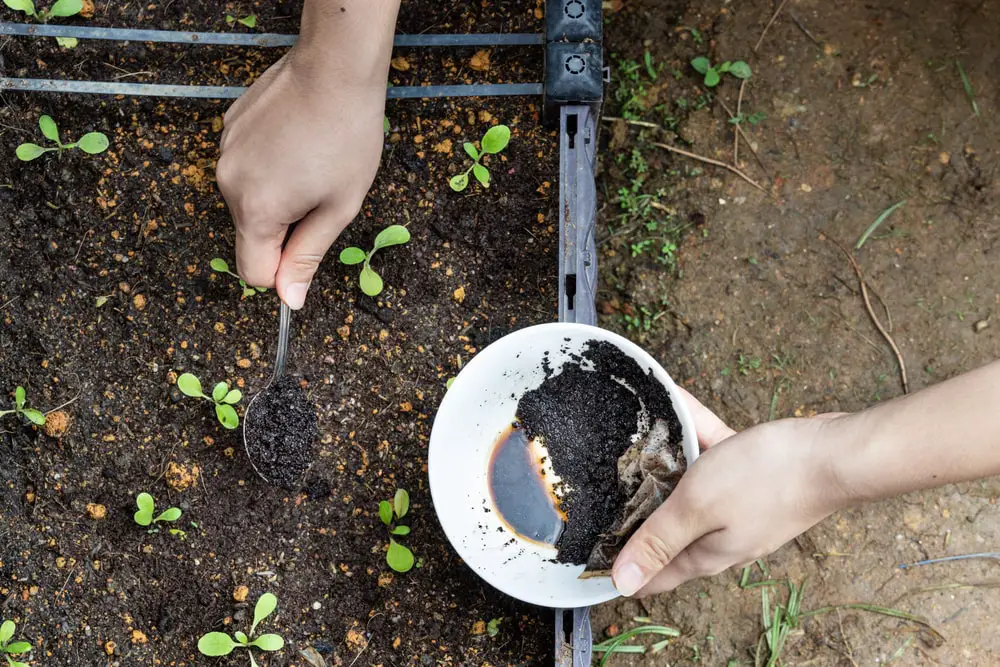Many people love and use coffee, especially in breakfasts, meetings, and even coffee when the mood is not good. After brewing a cup of coffee, people will often ignore the residue because they do not know the uses that coffee grounds bring. Coffee grounds are a green option for fertilizing and mulching. Not only that, they are waste-free, low-cost, and easily available to most people. Coffee grounds are a great asset to your gardening experience, so, which plants like used coffee grounds?
Which plants like used coffee grounds?
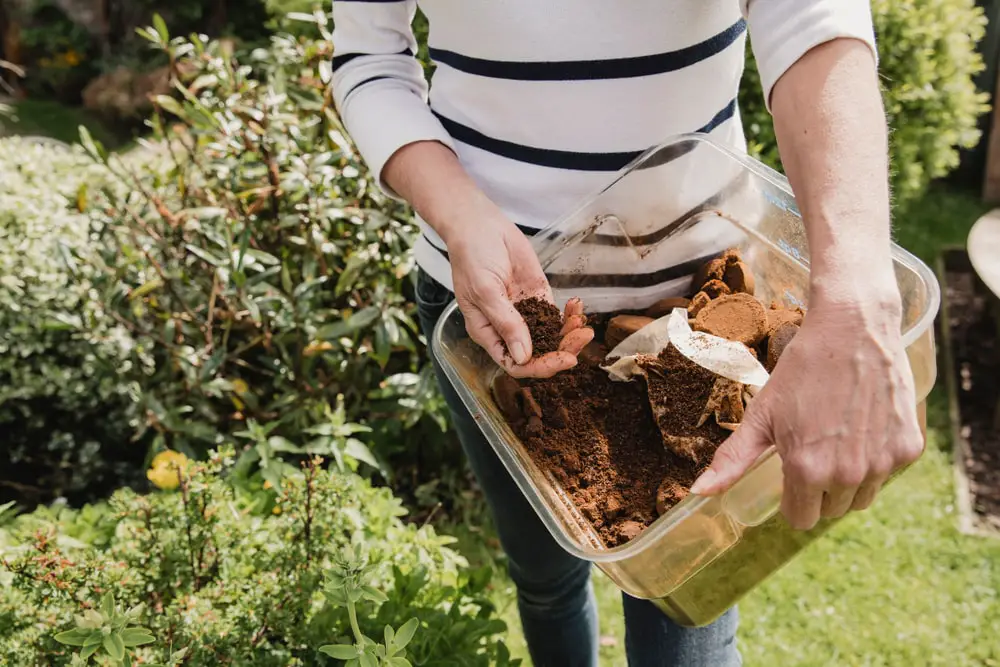
Coffee grounds can be used in your garden by breaking them down into compost or you can also add them directly to the soil. Coffee grounds are a perfect choice to help you prevent pests and improve the nutrient content of your soil. Coffee grounds contain varying amounts of nitrogen, phosphorus, magnesium, calcium, and iron, all of which are essential for your plants. Here are some plants that like coffee grounds. You can sprinkle a small number of coffee grounds around the root zone of the plant.
The first is blueberries. According to research by the American Society for Horticultural Science, this plant loves acidic soil, so adding coffee grounds can help increase the acidity of these plants. Coffee grounds bring nitrogen, calcium, iron, and magnesium to the soil for your blueberry bushes. Also, depending on how the coffee is processed, their grounds can also lower the pH, make the soil slightly acidic and make a great environment for blueberry bushes to thrive.
The next crop suitable for fertilizing coffee grounds is azaleas. Rhododendrons like to live in slightly acidic soil (According to research by Virginia Polytechnic Institute and State University) and they like to get nitrogen from the soil containing coffee grounds. For the best growth of your rhododendron, sprinkle a small number of coffee grounds around the root zone and water the well. Note that you should do this in spring, summer, and fall when bacteria are active, making it easier to break down coffee grounds.
Large, perennial succulents grown outdoors will do very well with a small number of coffee grounds. The nutrients in coffee grounds will quickly be dissolved into the soil if your soil has a healthy bacterial population.
In particular, coffee grounds are a great choice for hydrangeas. This is a beautiful flower and adding coffee grounds can change its color. If you grow them in pots, grind the coffee grounds into compost first and then add them. If you’re growing them outdoors, sprinkle coffee grounds directly around their roots.
Finally, there are root vegetables like carrots, radishes, and cabbage. Scattering used coffee grounds around your barbeque can help protect it from a snail attack, the caffeine in the coffee will kill the slugs when they bypass it. You can also dilute the coffee with water and spray it around the cabbage. And remember to repeat that process if it rains.
How can you put coffee grounds?
You can sprinkle coffee grounds on the soil around the base of the plant and then water it as a mist. At this time, the water will cause the coffee grounds to soak into the soil. And from there, plants also easily receive nutrients in the process of decomposing coffee grounds. Plants will absorb nutrients slowly without being shocked by receiving too much organic fertilizer at once.
Some potted plants like coffee grounds
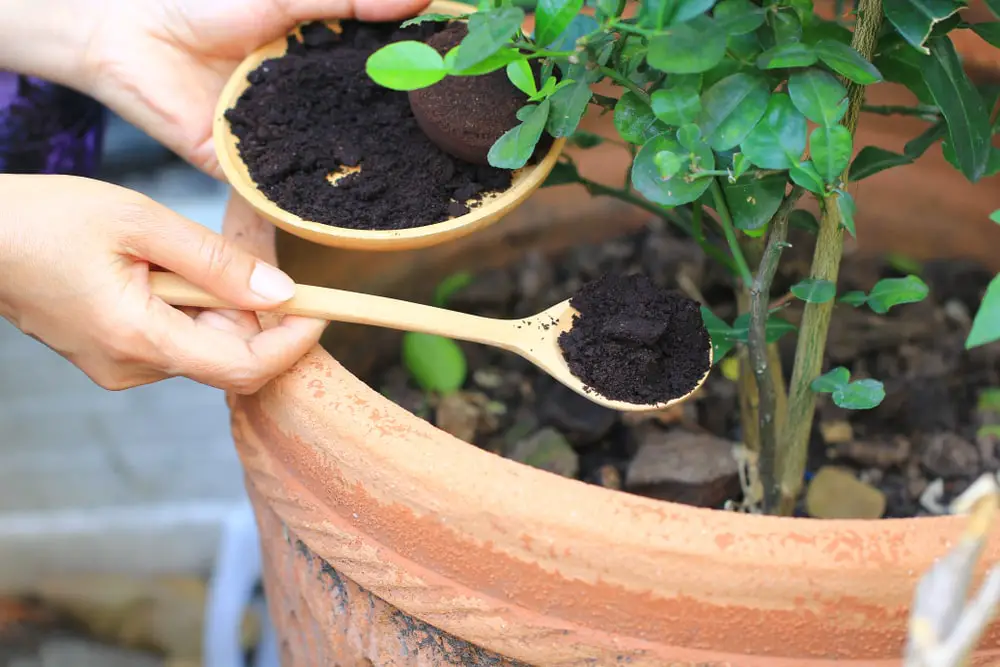
Potted plants often have limited seed space, so be careful to use coffee grounds in the right dosage because they are very easily damaged. Here are some potted plants that are suitable for fertilizing coffee grounds.
The first is the jade tree. Coffee grounds increase the acidity in the soil, and this plant loves to live in acidic soils. But be careful to use coffee grounds in moderation, it’s best to use them as compost instead of directly fertilizing the pot. Apply coffee grounds to jade plants about every 6 months for better growth.
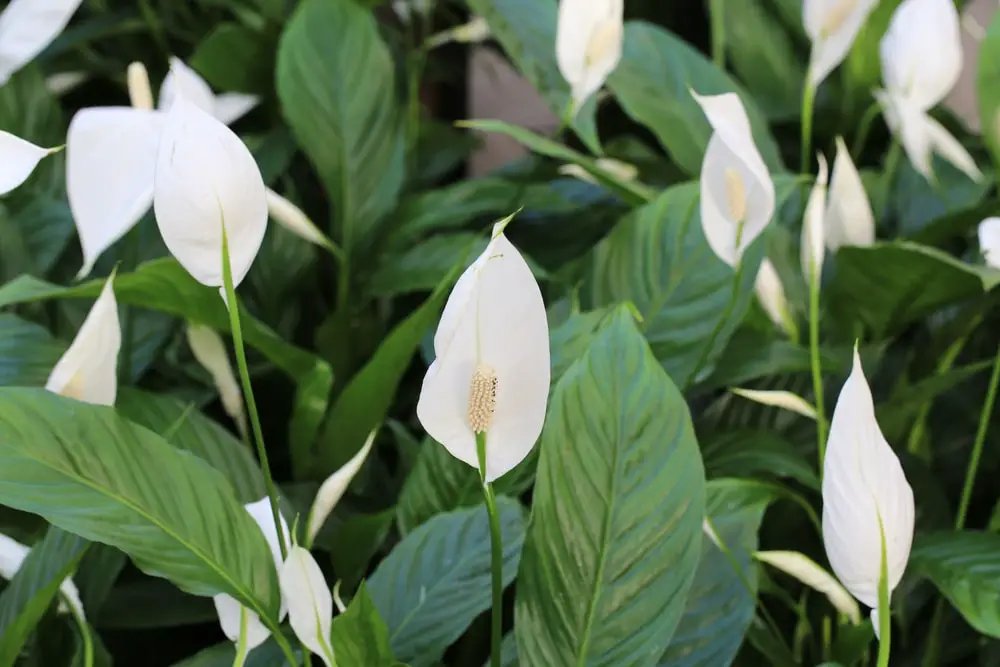
The peace lily is an easy plant to grow and adapt. The nutrients in coffee grounds can help them bloom. Besides, it also helps prevent pests and helps the soil become more aerated. Note that it is advisable to dilute the coffee grounds with water instead of applying it directly to your potted plants.
Rhododendrons are striking plants with luxuriant foliage, and in particular, they are also nitrogen-loving plants. Coffee grounds are high in nitrogen, and if used regularly, your azalea will grow very well.
Which plants hate coffee grounds?
Coffee grounds are not suitable for plants that cannot live in soils with high acidity. Here are a few plants that you should avoid using coffee grounds.
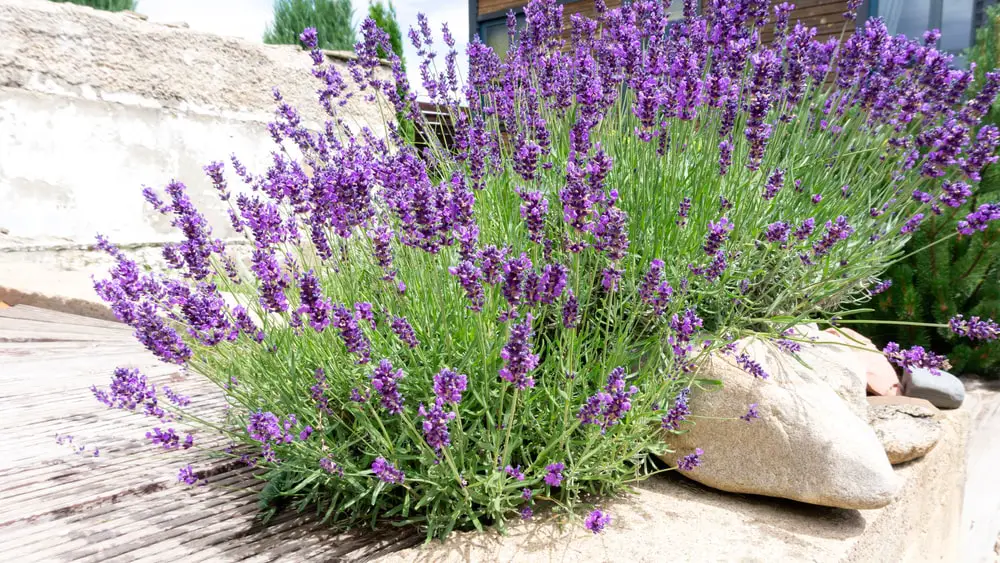
The first is lavender. Lavender is known to grow well in highly alkaline soil, so coffee grounds are definitely not suitable because they will prevent the growth of this flower. If your lavender soil is highly acidic, add lime to reduce it.
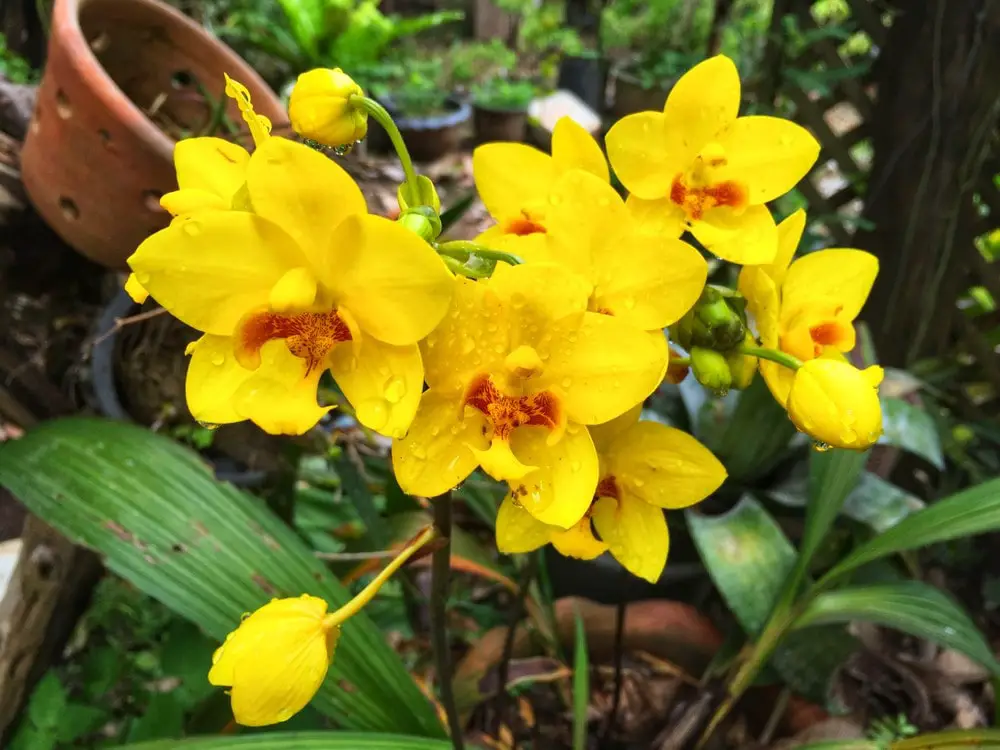
Next is the orchid. Orchids are difficult plants to absorb nitrogen. Nitrogen in coffee grounds can rot the roots of this plant, leading to the growth of harmful molds.
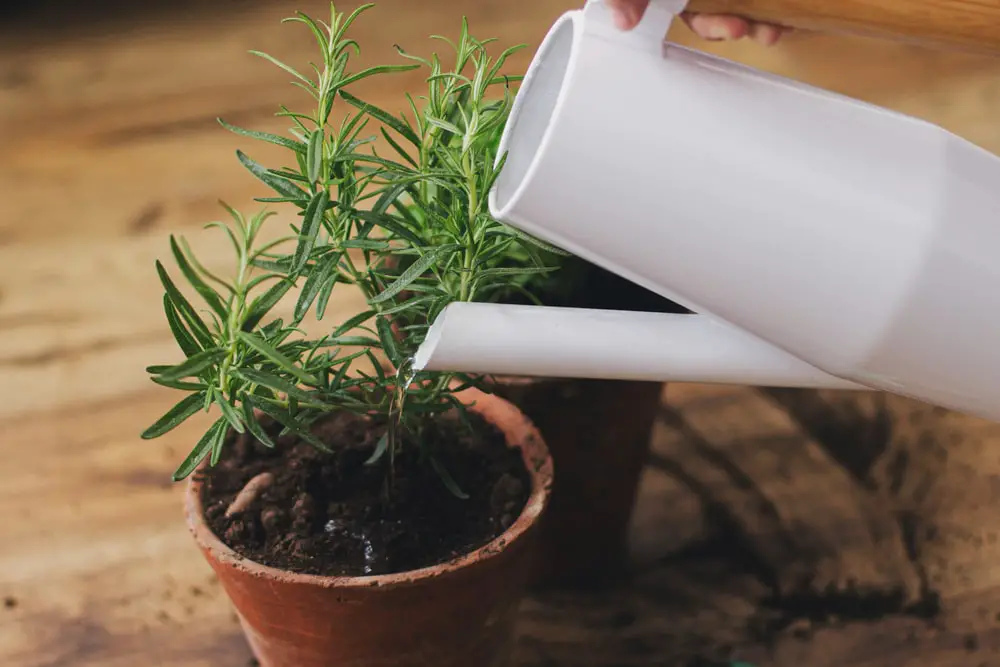
Rosemary is also a plant that is not suitable for living in acidic soils. So if you want to fertilize coffee grounds for this plant, be sure to dilute them with water before watering the plant.
Final thought
If you want to grow beautiful plants but don’t want to spend a lot of money on fertilizers and other supplements, consider using coffee grounds. Surely you will be surprised at the benefits that they bring to the growth of plants.
